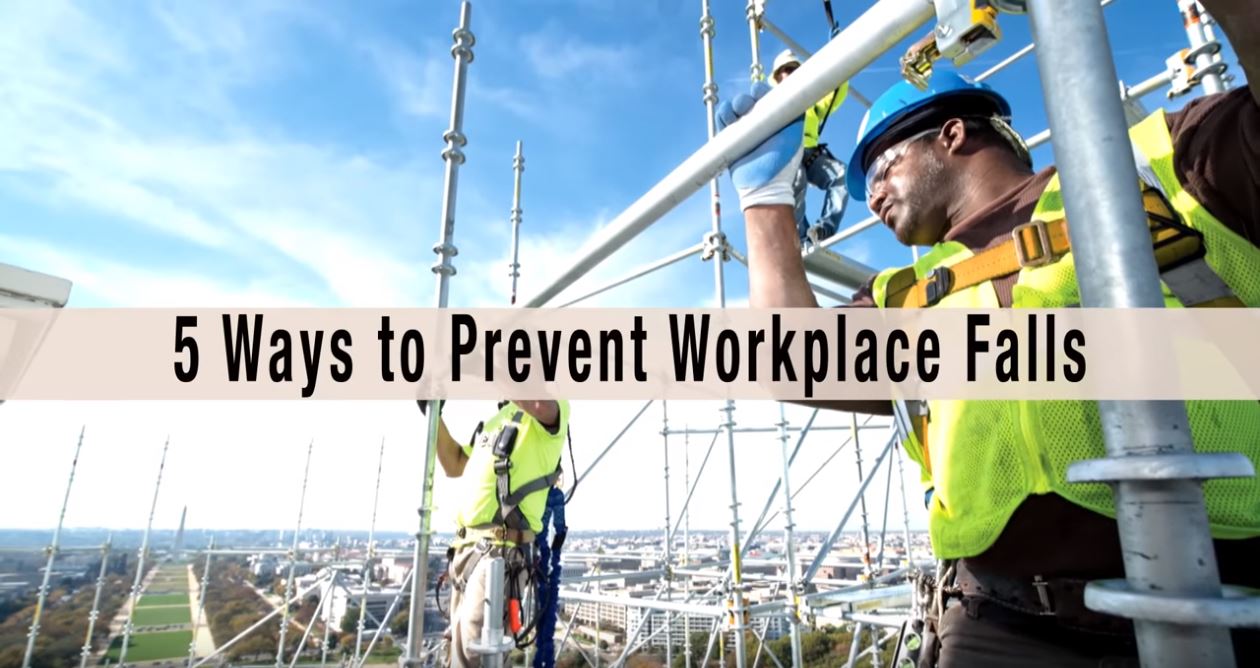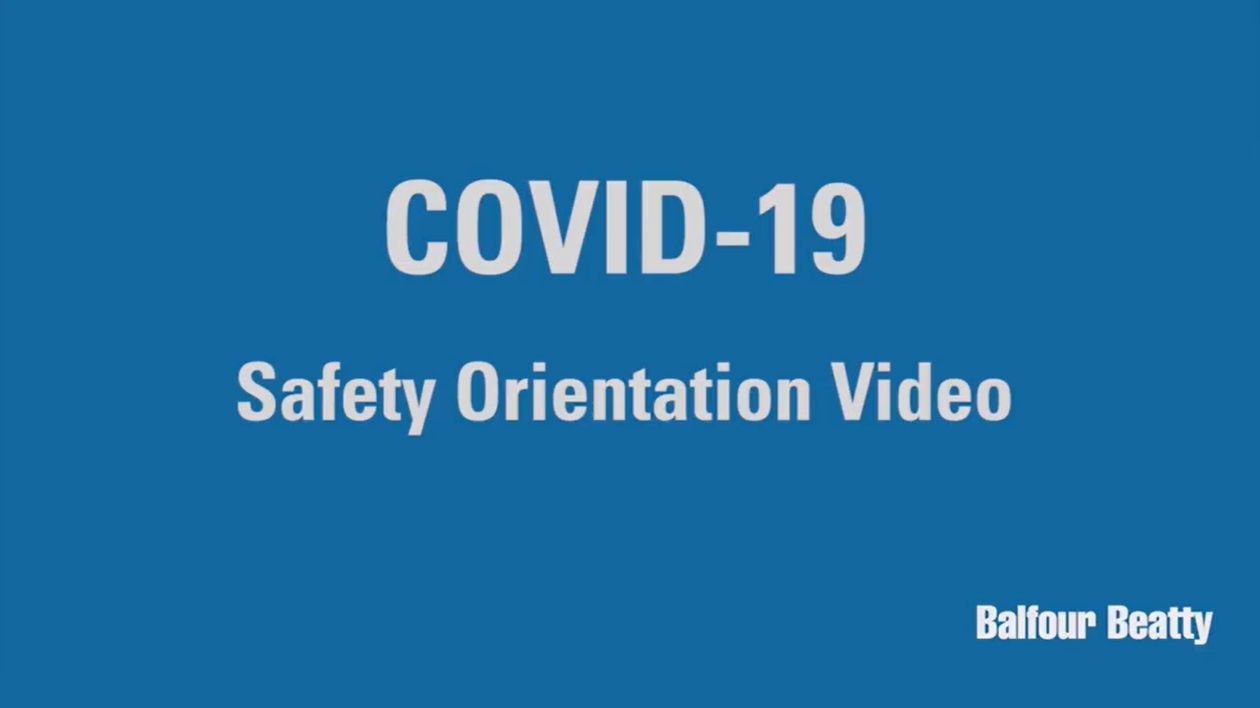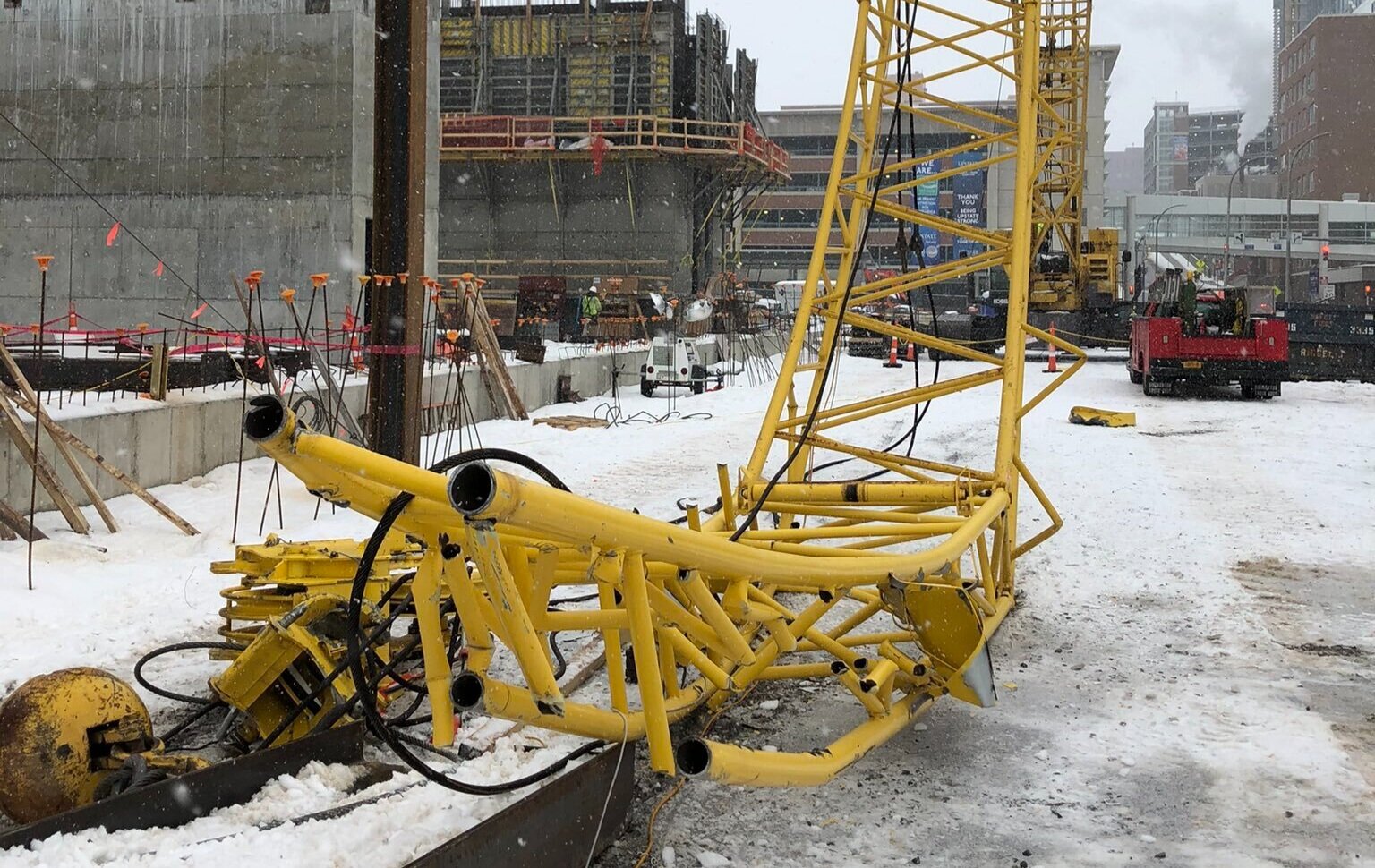via OSHA, through YouTube
Falls have long been the leading cause of fatalities in the construction industry, accounting for nearly 40% on an annual basis. Unsurprisingly, OSHA also issues the most citations for falls, and 2 different fall protection standards were on their top 10 most frequently cited violations list of 2018. To help build awareness and in an effort to reduce the number of deaths caused by falls, OSHA has released 6 videos and several other resources for employers.
In addition to the videos, posted below, OSHA has also announced that the 6th annual National Safety Stand-Down to Prevent Falls in Construction will be held from May 6 to May 10th in 2019. That event encourages employers across the country to take some time out of their days to discuss the seriousness of fall protection.
A 24-page Fall Prevention Training Guide has also been released as part of their outreach program. It contains a roadmap for how and when to use fall prevention toolbox talks, as well as a variety of other useful information for training your employees.
Fact sheets for both ladders and scaffolding are available, as well. In the ladders category, extension ladders, job-made wooden ladders, and stepladders all have their own individual fact sheets. In the scaffolding category, narrow frame scaffolds, ladder jack scaffolds, and tube and coupler scaffolds all have their own individual fact sheets.
Now on to the videos. I’m a huge fan of videos, because I think providing visuals is hugely important for knowledge retention and many of us in the construction industry are visual learners.











Last summer, Hilti announced that they had developed their first exoskeleton designed for construction tradespeople in a partnership with Ottobuck, a prosthetics, orthotics, and exoskeleton provider. Earlier this month, Hilti officially released the exoskeleton, announced more details, and published its retail price on their website.